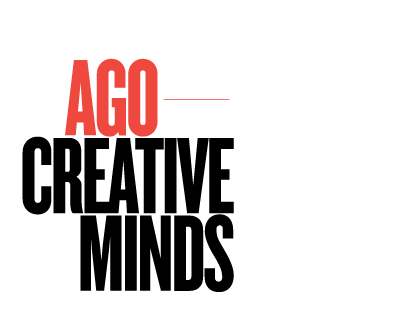The Relationship Between Art and Truth

Art and truth are not topics that get much attention in contemporary aesthetic debates. While some have tried to make sense of the relationship, it has not been a central topic in the philosophy of art. This article explores the role of truth in artworks, and considers two main philosophical questions about the relationship.
One question, posed by Plato, has provided the foundation of the history of philosophy. How does art reflect the values and interests of society? Another, posed by Aristotle, is to broaden the concept of what is real. However, both questions involve a variety of facets.
One definition of art, offered by Arthur Danto, claims that something is art if it achieves aesthetic goals. This definition is not quite the same as that of Stephen Davies, who says that something is art if it shows skill and excellence. He defines art as "a work of art in which the artist makes use of a language, a style, and a subject". A work of art, however, must also be contextual.
Some conventionalist definitions of art are based on the naive assumption that artistic works are always beautiful. Others are influenced by the emergence of radical artworks in the twentieth century. Still, some of these definitions underplay the substantial unity of art.
One example of a more sophisticated definition of art is the Open Concept Argument proposed by Daniel Weitz. The Open Concept Argument argues that any concept is indefinable, and any concept can be open. The Open Concept Argument can be applied to any subject, including art. Weitz explains how a concept is open if cases can be imagined.
Other definitions emphasize the connection between art and its aesthetic properties. In this context, the best artworks convey the deepest metaphysical truth. Other definitions emphasise contingent cultural features. Other definitions seek to explain how art has contingent characteristics.
Despite their enumerative form, traditional definitions of art do not capture all of the beauty of the work. This is a result of the inability to account for art's intrinsic properties. Some definitions also fail to take into account art's temporal and spatial dimensions.
Some contemporary scholars believe that art reveals the eternal absolutes. This can be seen in Picasso's painting Guernica, which alerted the world to the Spanish Civil War.
Some theorists argue that different genders have distinctive artistic styles. Still, other definitions attempt to explain how art has contingent characteristics. Nevertheless, there is a wide range of perspectives in the history of philosophy. This article will examine the main questions and discuss the main points.
As with any topic in the philosophy of art, a good definition of art must account for a variety of constraints. This includes the aesthetic properties of the work, as well as the cultural and historical background of the work. A work of art must engage the audience with rhetorical ellipses. This is to be expected, as the work must also have a subject and a style.




